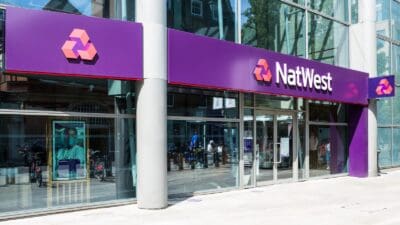Centrica (LSE: CNA) has certainly fallen out of favour with investors over the past 12 months. After reporting a 35% slump in profits earlier this year, the company was forced to slash its dividend payout by 30% — the first such cut since 1997.
And, only a few months after this tidal wave of bad news was announced, Centrica’s management warned that further losses could be on the horizon. Centrica’s oil & gas production arm is struggling to remain profitable with commodity prices at present levels.
Taking action
All of the factors above have hit Centrica’s shares hard. Over the past 12 months, Centrica has lagged the FTSE 100 by around 12%, excluding dividends.
Should you invest £1,000 in F&c Investment Trust Plc right now?
When investing expert Mark Rogers has a stock tip, it can pay to listen. After all, the flagship Motley Fool Share Advisor newsletter he has run for nearly a decade has provided thousands of paying members with top stock recommendations from the UK and US markets. And right now, Mark thinks there are 6 standout stocks that investors should consider buying. Want to see if F&c Investment Trust Plc made the list?
However, the company is now gearing up to unveil a new restructuring plan. The plan will be based on the results of a strategic review conducted by Centrica’s new CEO, Iain Conn.
It’s expected that the new plan will outline hundreds of millions of pounds in cost savings and help Centrica return to growth.
Turnaround plan
Centrica’s troubles can be traced to three key factors. Firstly, the company’s reputation took a hit from the political row over gas bills. Then, the sector was subject to a competition probe.
Finally, early this year, steep falls in oil & gas prices forced the company to write down the value of production assets and take a pre-tax loss of £1.4bn for 2014.
It’s likely that the axe will fall on Centrica’s North Sea gas fields first as part of the restructuring. Management has already announced that it is curbing capital spending on North Sea projects by around 40%, to £800m this year. A further cut to £600m is expected next year.
Asset sales could also be on the cards as Centrica looks to improve profit margins.
Paying down debt
In total, reduced capital spending combined with lower operational costs and the take-up of a scrip dividend will save Centrica around £1bn — a much-needed infusion of cash.
With this additional cash, Centrica’s top priority will be debt reduction.
Centrica’s debt-to-equity ratio has jumped from 1.1 at the end of fiscal 2013, to 2.3 at the end of fiscal 2014.
Nowadays it is common for utilities to have high levels of debt. Nevertheless, a debt-to-equity ratio of 2.3 is concerning. SSE’s net-debt-to-equity ratio, for example, stands at around 1.3.
A long way to go
There’s no denying that Centrica’s turnaround will take time. Management will have to act quickly to turn the company’s fortunes around and rebuild the trust of shareholders.
So overall, Centrica is a recovery plan, which is an unusual position for a utility to be in.
Indeed, utilities are not usually recovery plays. Companies like Centrica and National Grid (LSE: NG) should be defensive dividend stalwarts that act as a solid backbone to build your portfolio around.
Steady growth
National Grid has proven over the past decades that it is, broadly speaking, a stronger company than Centrica.
For the past five years, National Grid’s revenue has grown at a steady rate of around 1% per annum. Costs have held steady, and net income has jumped by 81% since 2010.
On the other hand, over the past five years Centrica’s revenue has increased by 31% but net income has more than halved over the period.
What’s more, since 2011, after including dividends, National Grid’s shares have returned 105% for investors. Centrica’s shares have lost 5%, even after including dividends.
The bottom line
All in all, choosing between National Grid and Centrica comes down to your own personal risk profile.
If it’s stability you’re after, National Grid is the best pick. However, if you’re willing to take on some risk in exchange for increased reward, Centrica could be a better pick.







